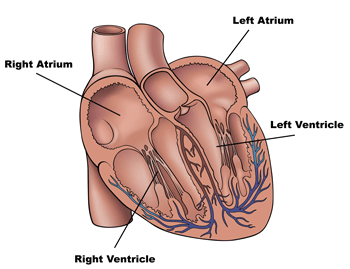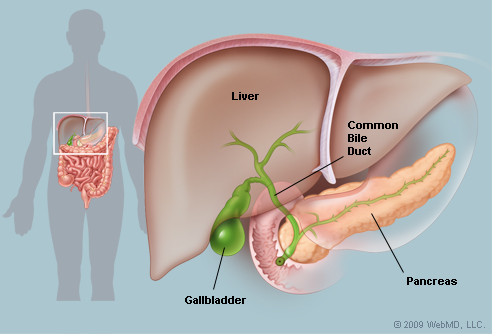What Can I Do If My Gall Bladder Keeps On Hanging Out?

Cholecysteectomy, or gallbladder removal, is the surgical elimination of the gallbladder through the bile duct
The removal of this organ has traditionally been performed to alleviate severe pain and a significant amount of discomfort associated with the condition.
Cholecysteectomy can be performed as a primary procedure, and sometimes gallstones are removed along with the organ. However, in most cases gallstones are removed separately by using laparoscopy, which is an incision into the abdominal wall. In most cases a gall bladder is removed through this method, and only the organ itself is removed.
Biliary colic, or frequent episodes of painful abdominal discomfort, can also be caused by gallstone accumulation. The bile, which is produced in the liver, transports fat-soluble dietary fats to the intestine. Once there, it is absorbed into the bloodstream and distributed to different organs including the brain and heart.
Gallstones are normally made up of bile salts, cholesterol and small amounts of cholesterol. Gallstones are generally soft and lumpy; however, they can become quite large if not treated and removed promptly. The condition can cause severe pain if not properly diagnosed and treated. This article discusses the most common causes of gallstone attacks.
Gallstones form when the bile salts are unable to pass through the bile duct, and the cholesterol deposits adhere to the walls of the bile duct, causing irritation and swelling. When gallstones become too big and hard, they either harden or form stones that are hard to pass through the bile duct and into the intestine. The bile duct becomes irritated and swollen as the stones move through the duct and enter the intestine.
Gallstones can also form in other places outside the bile duct. For example, gallstones can accumulate in the small intestines of people with diabetes. When these gallstones become too big and hard, they may push against the stomach wall, causing inflammation, irritation and pain.

The commonest causes of gallstones are biliary colic, kidney stones and liver failure
The most common cause of gallstones is gallstones. This condition can be caused by both an abnormality in digestion, such as the presence of polyps or polycystic renal diseases, and by the increased production of bile acids during the liver's production process.
Another cause of gall bladder removal is gall stones. These stones occur in either the bile duct or the intestine; they form when gall bladder stone fragments lodge within the bile duct and are then passed into the intestine and digestive system. These stones are difficult to pass, and therefore, are frequently coughed up from the mouth during coughing or swallowing. It is possible to prevent the formation of gall stones through diet, but if they occur, they must be removed.
Gallstones can be removed by surgery. During a surgical procedure known as a choosy cholelectomy, the gall bladder is removed. In an open choosy cholelectomy, the surgeon removes the gallbladder through one opening, while in a laparoscopic choosy cholelectomy, he removes it via two different openings. Other gall bladder removal surgeries include a perineal choosy cholelectomy, where the gall bladder is removed via one opening of the anal cavity, and a perirectangular cholelectomy, where the gall bladder is removed via another opening. The bile duct is then resected and the gallbladder is drained of its contents.
Medicines that reduce the amount of bile produced by the liver are used to treat the gallbladder, such as niacin, which is also used for other conditions and diseases. Drugs such as loperamide and metformin can be taken in conjunction with surgery to reduce the production of bile acids and gallstones. It is even known that loperamide and metformin help reduce the risk of developing gallbladder during pregnancy.
There are many medical procedures that have been found to be helpful in treating the gallbladder, including surgery and various medications. For people who choose not to undergo surgery, there are several natural remedies that can lower the risk of developing gallbladder. Some of these remedies include eating a healthy diet, getting more exercise, taking vitamins and natural herbs, and supplements. In some cases, diet, exercise, and vitamin therapy may be sufficient to reduce the likelihood of developing a gallbladder.
Some people choose to go to a hospital or use other more invasive gallbladder treatments to remove the gallbladder or at least reduce symptoms. The patient can opt for the natural method, but if they prefer not to take medication or do not want to undergo surgery, they should try the natural methods on the website first Handaldok Indonesia.



